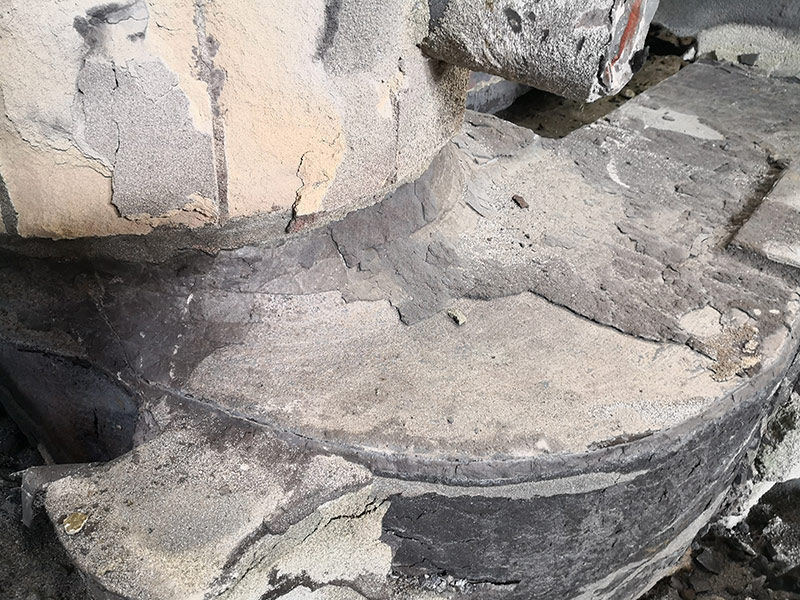Should You Sand 3D Prints?
3D printing has revolutionized the way we create objects, allowing for intricate designs and customized solutions. However, one common question that arises in the realm of post-processing is whether or not to sand 3D prints. The answer to this question largely depends on the intended use of the print, the material, and the desired finish.
Understanding the Basics of 3D Printing
3D printing typically involves additive manufacturing techniques, where material is laid down layer by layer to create a physical object. Depending on the technology used—such as Fused Deposition Modeling (FDM), Stereolithography (SLA), or Selective Laser Sintering (SLS)—the surface finish and layer lines may vary significantly. FDM prints, for instance, often have visible layer lines due to the nature of the extrusion process, which can be aesthetically unpleasing in finished products, particularly for items requiring a smooth surface.
The Case for Sanding
Sanding is a popular technique for post-processing 3D prints because it can effectively improve the surface finish. Here are several reasons why you might consider sanding your 3D prints
1. Improved Aesthetics If you're creating a model for display purposes, such as miniatures or prototypes, sanding can remove the visible layer lines, creating a more professional look. A smoother finish allows paint and other finishes to adhere better, leading to vibrant colors and a polished appearance.
2. Enhanced Fit For functional parts, such as components that need to fit together, sanding can help achieve a more precise fit. This is especially critical in applications such as mechanical assemblies or enclosures.
3. Smoothing Out Imperfections During the printing process, artifacts may occur, such as blobs or zits where the material has been extruded unevenly. Sanding can help smooth out these imperfections, resulting in a more uniform surface.
The Downsides of Sanding
Despite its advantages, sanding is not without its drawbacks
. Here are some considerations to keep in mindshould you sand 3d prints

1. Time-Consuming Process Sanding can be labor-intensive, especially for larger objects. Depending on the desired finish, the sanding process can take a significant amount of time and effort.
2. Material Loss Every time you sand a print, you are removing material. This diminishes the overall dimensions of the part, which could impact fitment in assembly or alter design specifications.
3. Potential Damage Inexperienced users might damage the print during the sanding process, especially if too much pressure is applied or if the wrong grit sandpaper is used.
Best Practices for Sanding 3D Prints
If you decide to go ahead with sanding, here are some best practices to help you achieve the best results
1. Choose the Right Sandpaper Start with a coarser grit (around 100-200) to remove any large imperfections, then gradually move to finer grits (up to 800 or higher) for smoothing. Always sand in a circular motion to minimize scratches.
2. Use Water or Lubrication For certain plastics, using water or a lubricant while sanding can reduce dust and improve the finish. This technique helps to keep the heat down and prevents the plastic from melting due to friction.
3. Consider Alternative Methods If sanding seems like too much work, consider alternatives such as chemical smoothing using solvents for certain materials (like ABS) or using a heat gun to lightly melt the surface for a smoother finish.
Conclusion
In conclusion, whether to sand your 3D prints is a decision that depends on the specific requirements of your project. Sanding can significantly enhance the appearance and functionality of prints, but it's important to weigh the benefits against the time and effort involved. By following best practices, you can achieve professional-looking results and take your 3D printing projects to the next level. Ultimately, the choice is yours, and the creativity of the 3D printing process allows room for experimentation and innovation.
Post time:Dic . 10, 2024 23:04
Next:Tips for Smoothing and Sanding Your 3D Printed Objects Effectively
